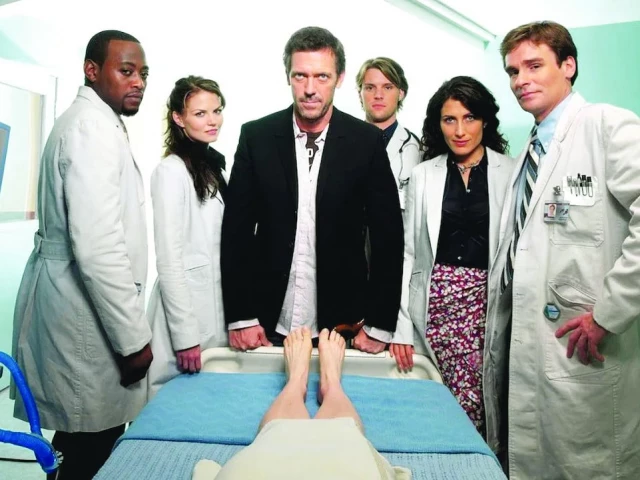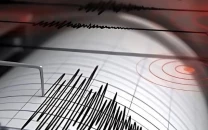How House got it wrong
Doctors list how often the fictional medic stretched reality

He's the maverick medic who loved to confound the medical establishment with his brilliant, unorthodox diagnoses.
But Dr Gregory House, the misanthropic genius who was the star of the long-running House television series, got an awful lot wrong himself, Croatian doctors claim, as reported by AFP.
In a paper titled 'House MD Between reality and fiction' published in May, Denis Cerimagic, a professor at Dubrovnik University, and two fellow neurologists — all big fans of the series — listed 77 errors after analysing all 177 episodes of the show, which ran from 2004 to 2012.
"We focused on the diagnoses of main cases, reality of clinical practice presentation and detection of medical errors," Cerimagic told AFP.
He and his peers - Goran Ivkic and Ervina Bilic — broke the mistakes down into five categories including misuses of medical terminology, misinformation and simple weirdness — something which the show's anti-hero, played by British star Hugh Laurie, possessed in abundance.
That limp
The errors included the use of mercury thermometers, the term heart attack and cardiac arrest being used interchangeably, vitamin B12 deficiency being corrected with just one injection and a universal chemotherapy for all types of malignant tumours, medical procedures being done by specialists who had no business being there such as an infectologist performing an autopsy, complex lab tests showing results within hours and doctors breaking into patients' homes to look for causes.
But arguably the biggest error of all is that Laurie — whose character's genius for deduction comes from the misdiagnosis that left him with a limp and chronic pain – uses his cane on the wrong side.
The stick should be carried on his unaffected side, Cerimagic said, though he understood why the actor had done it because "it's more effective to see the pronounced limp on the screen".
Medical errors
Whatever their criticisms, the researchers say that modern medical series are far better produced than in the past, thanks to medical advisors. Despite its flaws, they thought the series could even be used to help train medical students.
"The focus could be on recognising medical errors in the context of individual episodes, adopting the teamwork concept and a multidisciplinary approach in diagnosis and treatment," Cerimagic said.
He said he and his colleagues were taken aback by the response to their paper. "The idea was to make a scientific paper interesting not only to doctors but also to people without specific medical knowledge."





















COMMENTS
Comments are moderated and generally will be posted if they are on-topic and not abusive.
For more information, please see our Comments FAQ